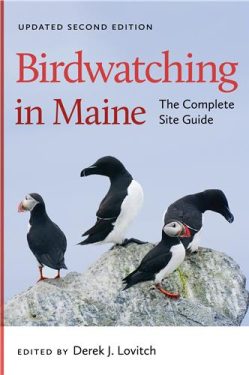This is an up-to-date technical manual and guide for managing New England's forest habitats . . . The target audience is the professional forester and wildlife biologist . . .Recommended.
Richard M. Degraaf
Richard M. Degraaf is chief research wildlife biologist and leader of the wildlife habitat research unit, Northeastern Research Station, Amherst, Massachusetts. He has conducted research on breeding birds, small mammals, and amphibians in major forest cover types in New England and on wildlife habitat associations in the White Mountains for the past thirty years.










